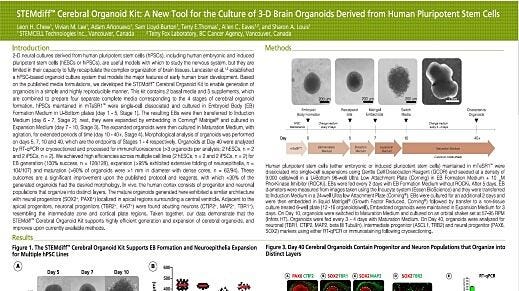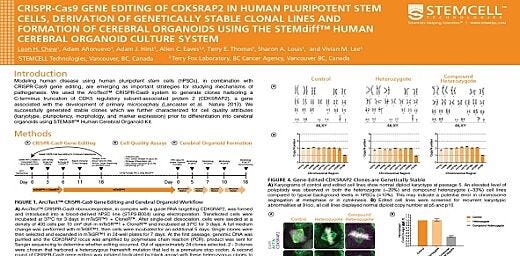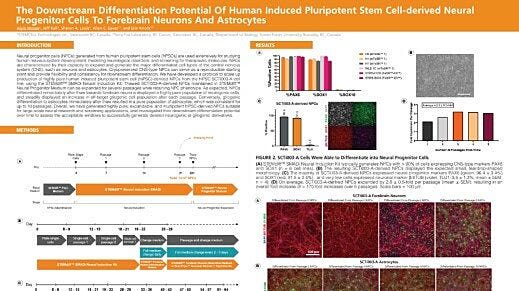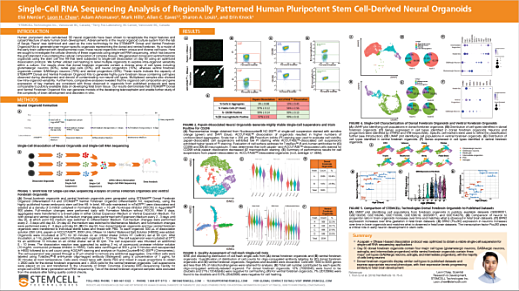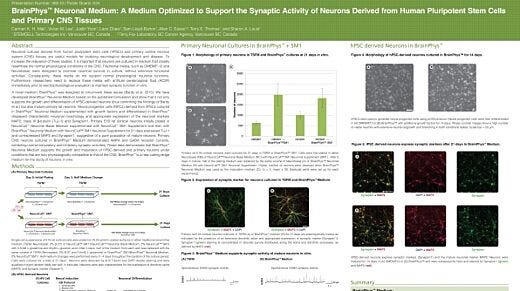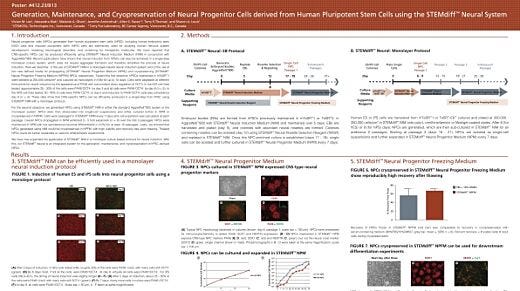Neural Induction and Differentiation of ESCs and iPSCs
Human pluripotent stem cells (hPSCs), including human embryonic stem (ES) cells and induced pluripotent stem (iPS) cells, are self-renewing cells that have the potential to develop into cells of all three germ layers, including the ectoderm. The ectoderm gives rise to the neural tube which includes all cells of the central nervous system including the brain. Since human brain tissue is hard to come by ES and iPS cells hold tremendous potential as a more representative model for studying human neurological development and disease. Being able to generate patient-specific differentiated cells bridges the gap between studies using animal models and clinical research.
We've created these resources to support your hPSC-derived neurological development and disease research, and to give you a window into the exciting research being done by others in the field.
Brains in a Dish: Using Cerebral Organoids to Study Human Brain Development and Disease
What are ‘mini-brains’, and how are they being used to study neurological development and disease? Dr. Oliver Wüseke, who works with cerebral organoids as a PostDoc in the Knoblich Lab at IMBA Vienna, gives an overview of the cerebral organoid field and discusses different techniques and results emerging as researchers increasingly adopt cerebral organoid technology to study brain development and disease.
View Now >

